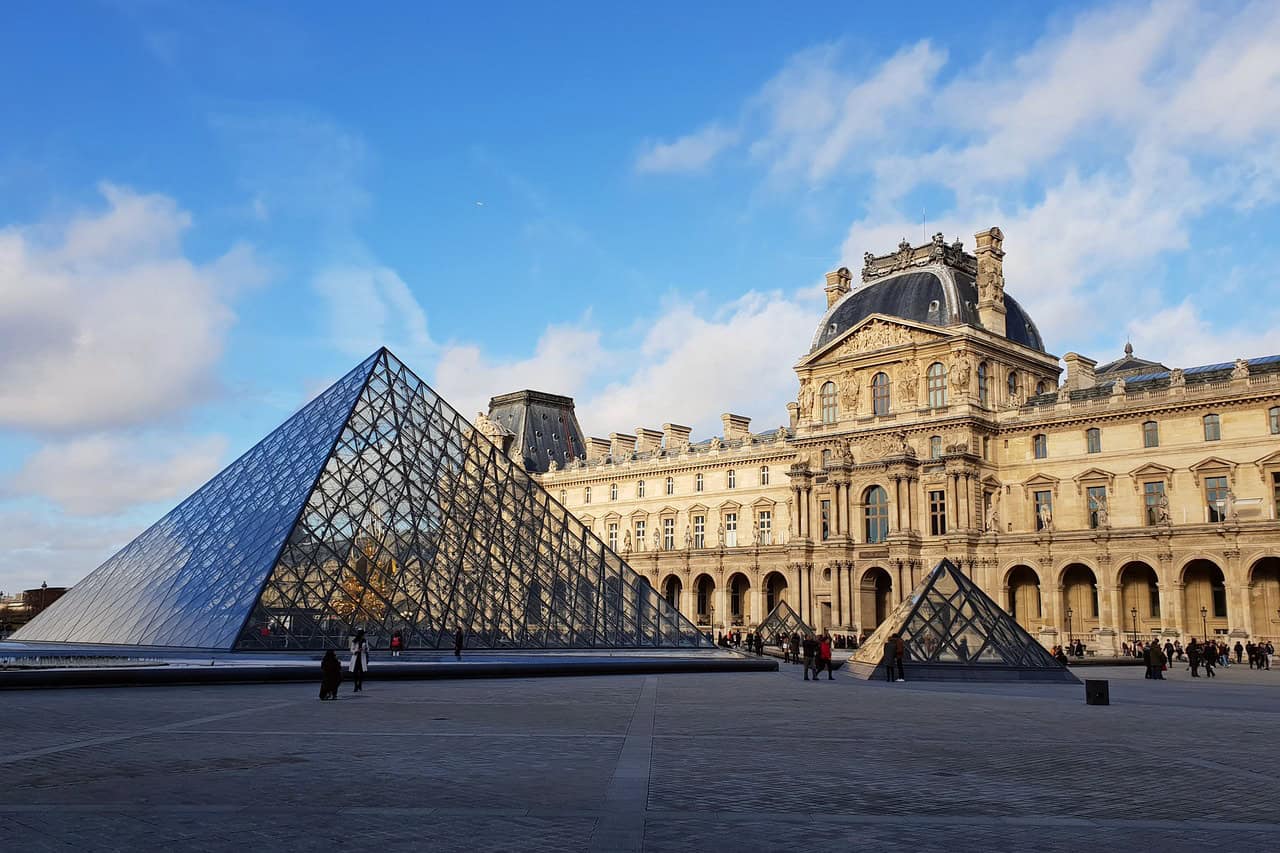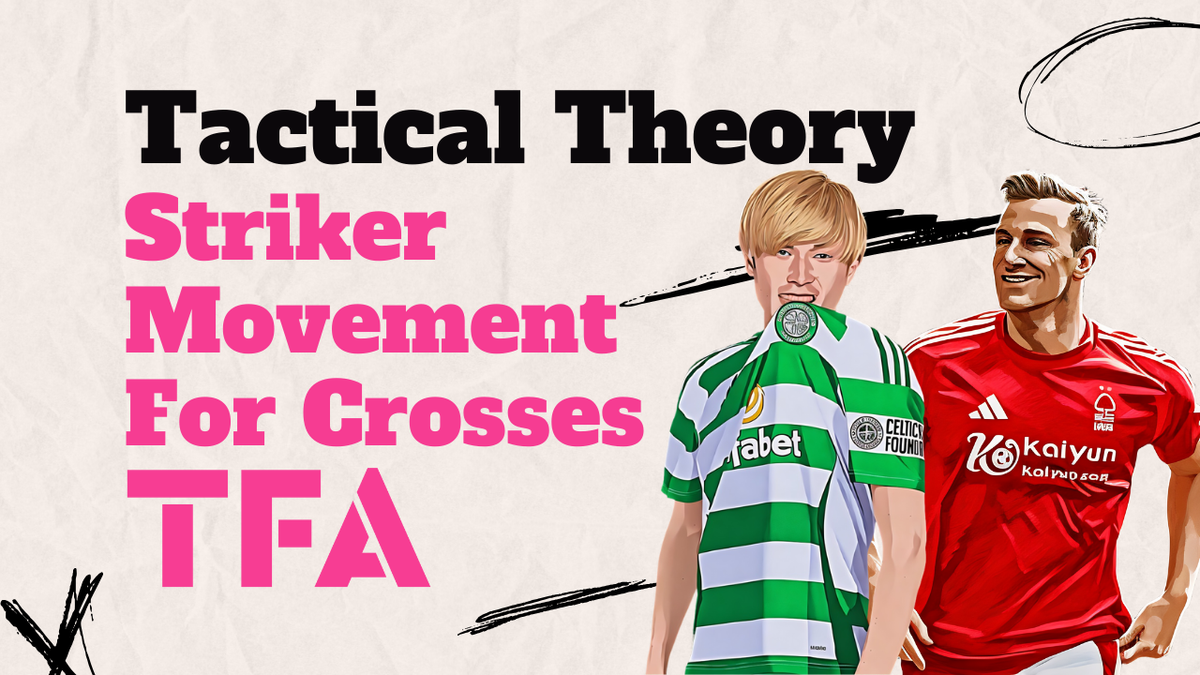Paris has long been recognized as one of the most fertile grounds for footballing talent.
From the streets of its vibrant neighbourhoods to the structured training centres of its youth academies, the French capital has produced a remarkable number of world-class players over the years.
The city’s unique football culture and robust youth development infrastructure make it a prime breeding ground for future superstars.
In this article, we’ll explore how Paris’ youth academies have become pivotal in shaping the next generation of global football stars.
The Role of Youth Academies in Modern Football
Football clubs around the world increasingly rely on their youth academies to identify, nurture, and develop young talents.
For clubs, investing in youth development provides an effective means of sustaining long-term success.
It’s not just about producing players for the first team but also about creating assets that can contribute to the club’s financial health, either by integrating into the squad or being sold for profit.
Paris, in particular, has excelled in this area.
The city’s youth ratu89 academies are structured to produce players who can thrive in both domestic and international football.
Parisian academies focus on technical ability as well as the tactical, physical, and psychological elements necessary to succeed in the modern game.
PSG Academy: A Football Powerhouse
When discussing football in Paris, it’s impossible to overlook Paris Saint-Germain’s youth academy.
PSG’s Camp des Loges has been instrumental in producing players who have gone on to shine across Europe.
Kingsley Coman, Presnel Kimpembe, and Christopher Nkunku are just a few examples of players who graduated from PSG’s academy before making their mark on the global stage.
PSG’s academy is characterized by a holistic approach to development.
It aims to produce well-rounded footballers capable of thriving under the intense pressure of playing for a top club.
Their program is divided into four key components:
Technical Skills:
The academy places a strong emphasis on improving ball control, passing, and movement. Players are expected to have exceptional technical ability, which allows them to succeed at the highest levels.
Tactical Awareness:
From a young age, players are taught to understand various tactical systems and formations. This adaptability helps them seamlessly integrate into different teams and strategies.
Physical Fitness:
PSG ensures that young players are in peak physical condition, with a focus on building speed, endurance, and strength.
Mental Resilience:
PSG’s reputation as a top club comes with high expectations, and the academy prepares its players to cope with the pressure. Mental toughness and emotional maturity are seen as essential to becoming a successful professional.
INF Clairefontaine: France’s National Footballing Factory
While PSG’s academy is widely celebrated, INF Clairefontaine remains arguably the most prestigious football academy in France.
Located just outside Paris, it has produced some of the greatest names in French football, including Thierry Henry, Nicolas Anelka, and the current global sensation Kylian Mbappé.
Clairefontaine’s approach to youth development is unique.
As a national institute, its primary aim is to prepare the best young players for professional football, irrespective of which club they represent.
The focus is on long-term development, with an emphasis on:
Tactical Flexibility:
Players are exposed to a variety of roles and formations, making them versatile on the pitch. This adaptability makes Clairefontaine graduates particularly attractive to top clubs.
Technical Excellence:
Clairefontaine ensures that its players are among the best technically, refining their passing, dribbling, and shooting abilities to an elite level.
Character Building:
In addition to football training, players are taught values such as discipline, responsibility, and leadership. This well-rounded approach produces not only great athletes but also well-adjusted professionals.
Another critical aspect of Clairefontaine’s model is its insistence that players continue their education alongside football training.
This dual focus on education and sport helps create well-rounded individuals who can thrive both on and off the field.
Red Star FC: The Working-Class Academy
Among the big names, Red Star FC might not grab the same headlines, but it plays an equally important role in Parisian youth development.
Established in 1897, Red Star’s academy is rooted in its working-class community, offering opportunities to young players from the less privileged areas of Paris.
Red Star’s philosophy is grounded in teamwork, hard work, and determination.
The club’s youth academy focuses on:
Developing Team Players:
Red Star emphasizes collective effort over individual brilliance. The idea is to produce players who understand their role within a system and can contribute selflessly to the team’s success.
Mental Fortitude:
Coming from a modest background, many of Red Star’s academy players develop a strong work ethic and mental resilience, key attributes in professional football.
Physical and Tactical Training:
While technical skills are essential, Red Star focuses heavily on the tactical and physical development of players, ensuring they are well-rounded and capable of making the step up to professional football.
Red Star’s success stories might not be as high-profile as PSG’s, but the club continues to contribute significantly to the broader Parisian football ecosystem.
Scouting Networks: The Lifeblood of Parisian Football
Scouting is critical to the success of any youth academy, and Paris has one of the most well-developed scouting networks in football.
With a large and diverse population, Paris is a hotspot for raw football talent.
The city’s suburbs, or banlieues, in particular, are home to many future football stars.
Scouts in Paris don’t just look for technical proficiency—they seek out players who show creativity, athleticism, and raw potential.
Players from the banlieues are often noted for their flair, ingenuity, and ability to thrive in high-pressure situations.
Many of these players come from underprivileged backgrounds and see football as a way to rise above their circumstances.
Street football plays an essential role in the development of young Parisian talent.
The tight spaces and fast pace of street games force players to develop close ball control and quick decision-making skills, attributes that later make them stand out in academy settings.
The Parisian Football Culture
One of the key reasons Parisian academies have been so successful is the city’s unique football culture.
Football in Paris is more than just a sport; it’s a way of life for many.
The competitiveness in youth leagues, local tournaments, and street games ensures that young players are constantly improving.
Conclusion
Despite these challenges, Paris remains a hotbed for footballing talent.
The city’s youth academies, combined with its football culture and extensive scouting networks, ensure that it will continue to produce world-class players.
As long as these academies maintain their commitment to excellence, Paris will remain at the forefront of youth development, shaping the next generation of football superstars.
Whether they are discovered on the streets of the banlieues or groomed in elite academies, Parisian players are poised to continue making a mark on the global stage.





Comments